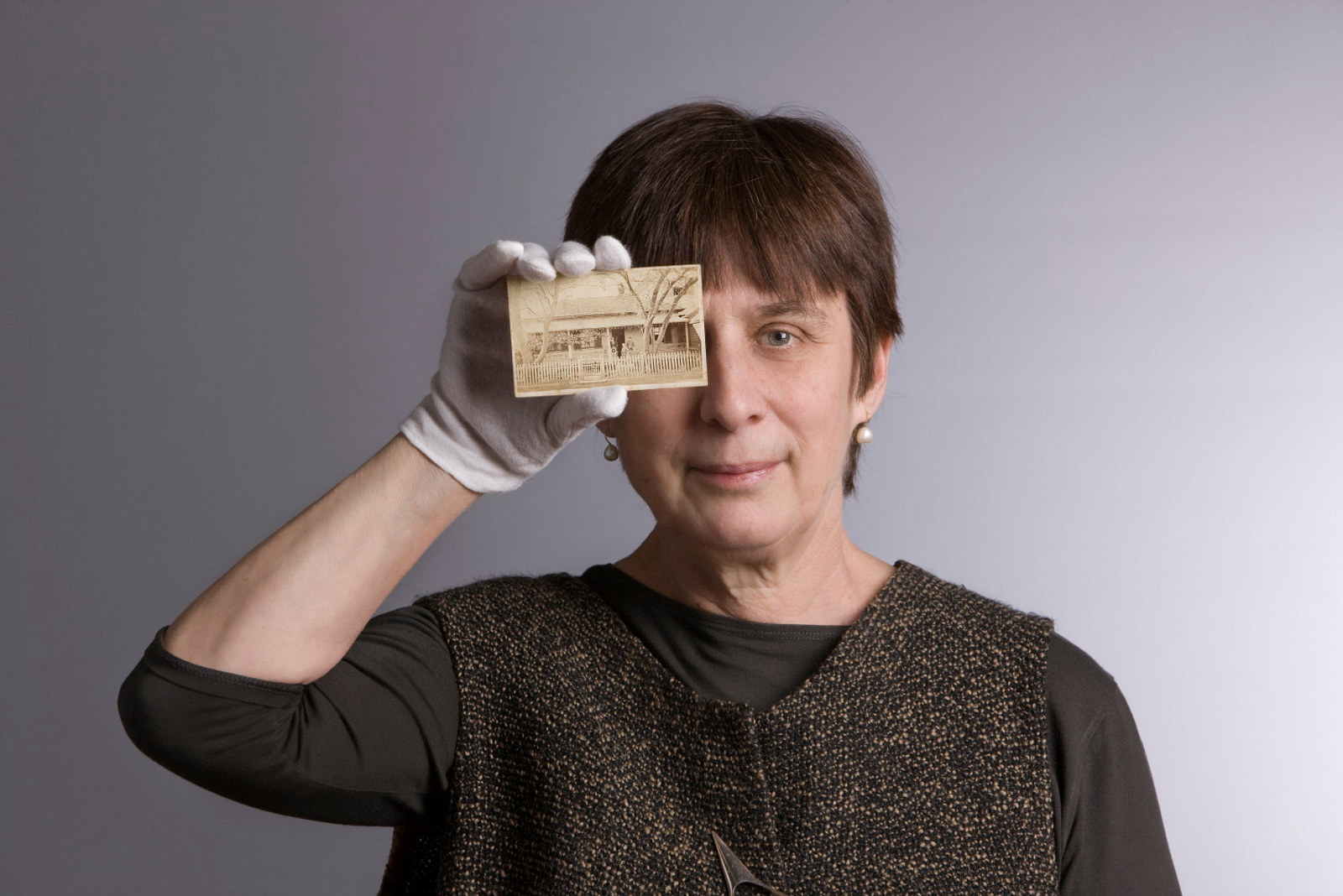From the collection: colour cakes and old invoices
Objects provide fascinating insights into the daily lives of the people who lived at our museums.
Recent research triggered by the conservation of a spike file from the Rouse Hill House collection has uncovered an important clue about the art training of Bessie Rouse, mistress of Rouse Hill House at the turn of the last century, extending our understanding of the house and the rich and full lives of its occupants.
Bessie was a keen amateur artist whose oil and watercolour paintings of Rouse family properties and local landscapes are hung throughout the house. In the early 1890s she created a painting studio and private parlour by enclosing a passageway adjoining the arcade at Rouse Hill House.
A spike file of invoices and receipts
This spike file, holding 773 items dating from late 1890 until early 1903, has recently been dismantled, conserved and indexed in preparation for digitisation. The file provides an insight into daily life at Rouse Hill at the turn of the 19th century. There are invoices from grocers, jewellers, drapers, stationers, costumièrs, ironmongers, saddlers, photographers, doctors, dentists, music teachers, singing masters, and even the Ladies Typewriting Agency. They were sent by shopkeepers and merchants in Sydney, Windsor, Parramatta and the tiny village of Rouse Hill. There are receipts for philanthropic donations to the Sydney City Mission, the Animals’ Protection Society of NSW and the Randwick Asylum for Destitute children, and for Bessie Rouse’s membership of the Sydney Book Club. A rich resource for social and cultural historians.
A painting by Bessie Rouse
This painting hangs in the entrance hall at Rouse Hill House. It is believed to have been painted around 1900 by Eliza Ann (Bessie) Rouse, mistress of Rouse Hill House from the time of her marriage to Edwin Stephen Rouse in 1874 until her death in 1924. She is known to have had regular drawing lessons as a young woman while on an extended visit to Dublin in 1868, but the recent discovery of a receipt for painting lessons dated June 1901 indicates that Bessie was a life-long learner, taking classes from notable Australian artist and art teacher William Lister Lister.
Some of the buildings depicted in the painting can be identified, including the former Queens Arms/Royal Oak Inn (now the Mean Fiddler), an early colonial coaching inn, and Christ Church, Rouse Hill, in the centre of the image.
Bessie Rouse’s paintbox
This elegant paintbox once belonged to Bessie Rouse. The paintbox, made from mahogany with ebony trim around the lid, has interior compartments for painters’ materials. A shallow drawer in the bottom of the box is convenient for storing items such as the painter’s palette and small quill brushes. When originally sold by leading London ‘artists’ colourmen’ George Rowney & Co, the paintbox contained a set of 24 colour cakes, but all that remain today are ‘Roman Oker’, ‘Brown Oker’, ‘Permanent White’, some broken pieces of ‘Vermilion’ and a stub of ‘Raw Umber’.
Published on
Related
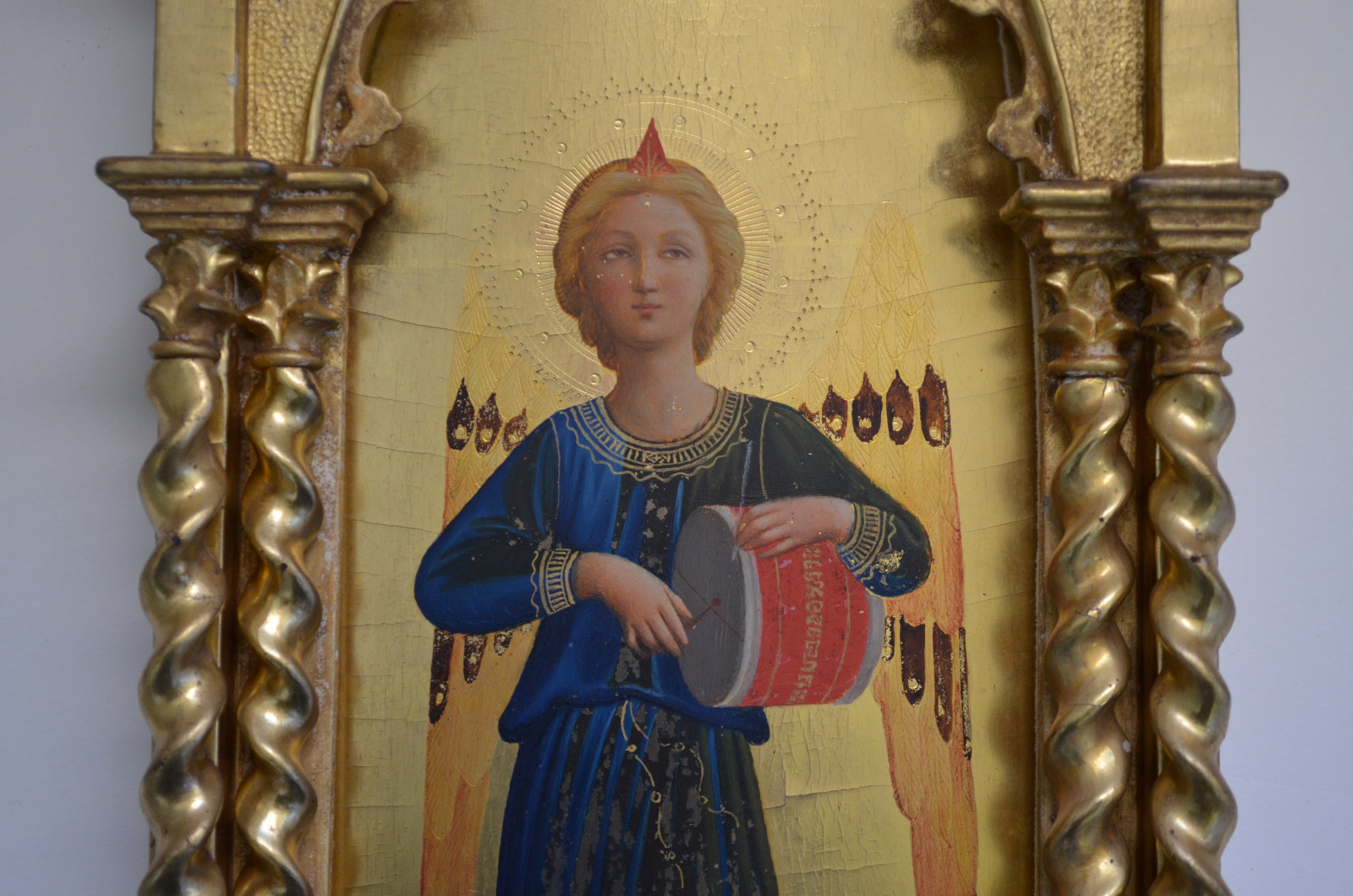
A Gothic Angel
In the drawing room at Rouse Hill your eye is instantly drawn to a small painting on the far wall; a figure of an angel in a shining gilt frame, acquired in the 1870s.
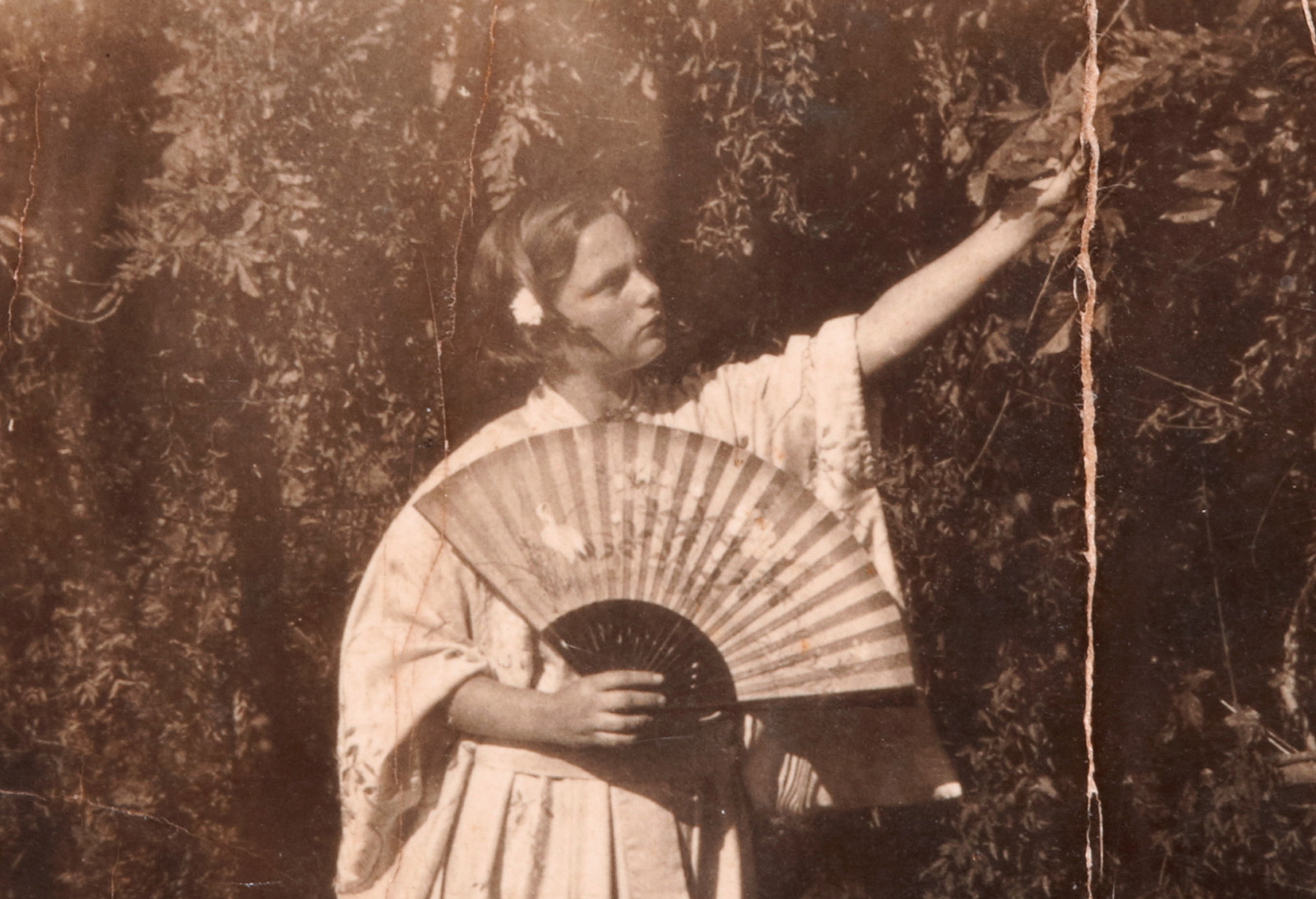
Keeping cool
Shading the face, fanning a fire into a blaze or cooling food, shooing away insects, conveying social status, even passing discreet romantic messages - the use of the fan goes far beyond the creation of a breeze.
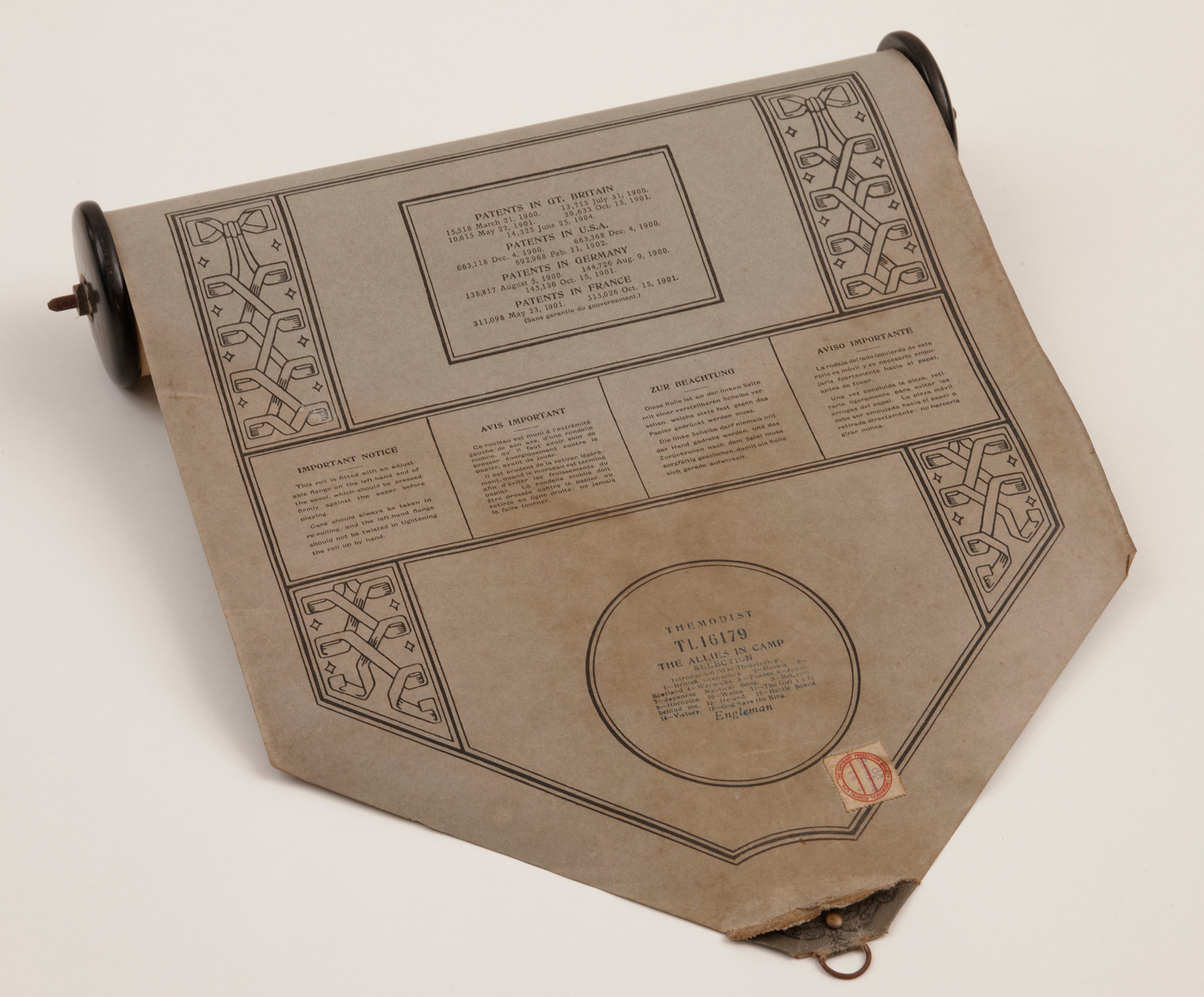
WW1
The Allies in camp music roll
Rouse Hill house boasts a fine pianola, a player piano, which came into the house just a few years before the outbreak of World War I
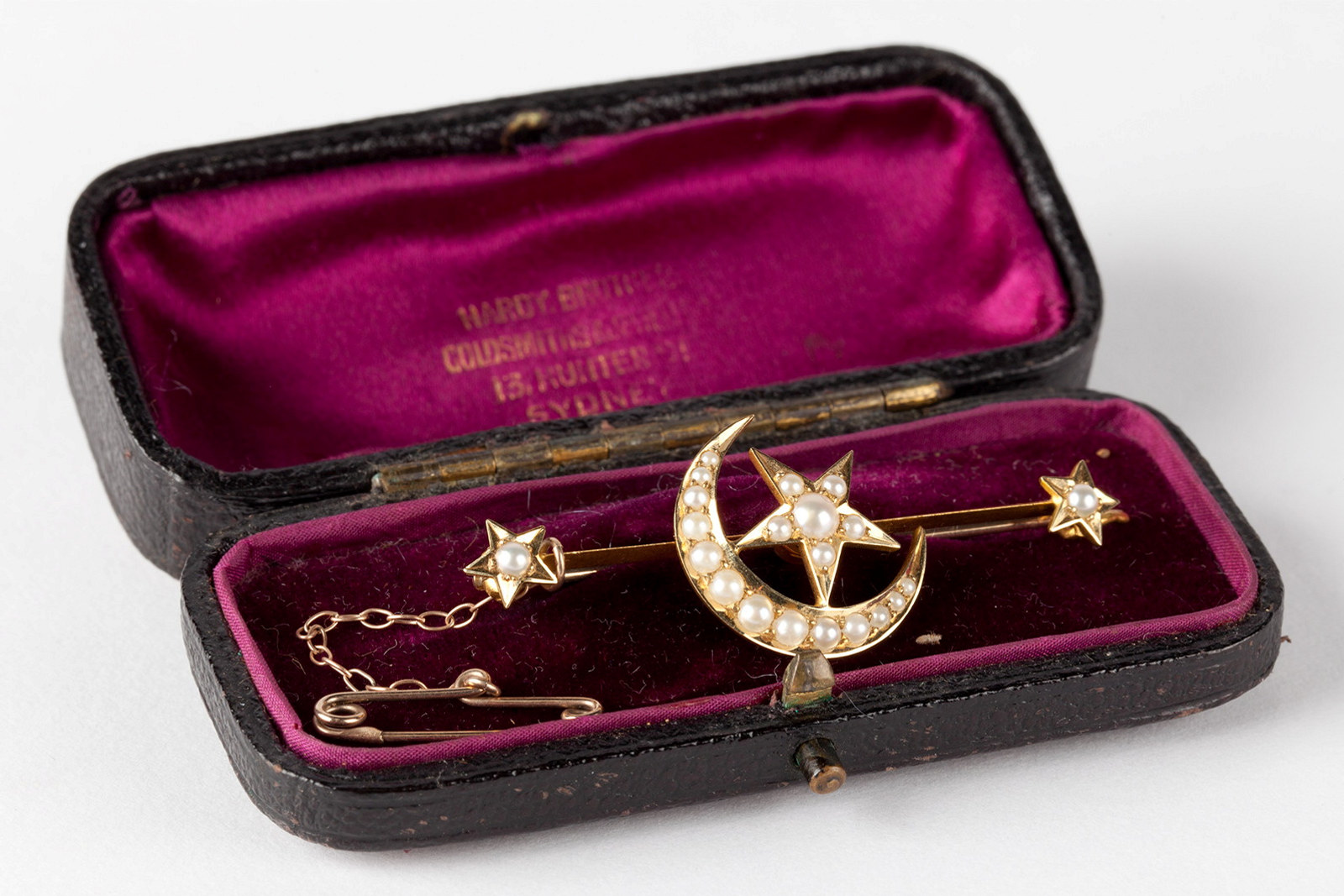
Baubles, brooches & beads
We wear jewellery as articles of dress and fashion and for sentimental reasons – as tokens of love, as symbols of mourning, as souvenirs of travel
